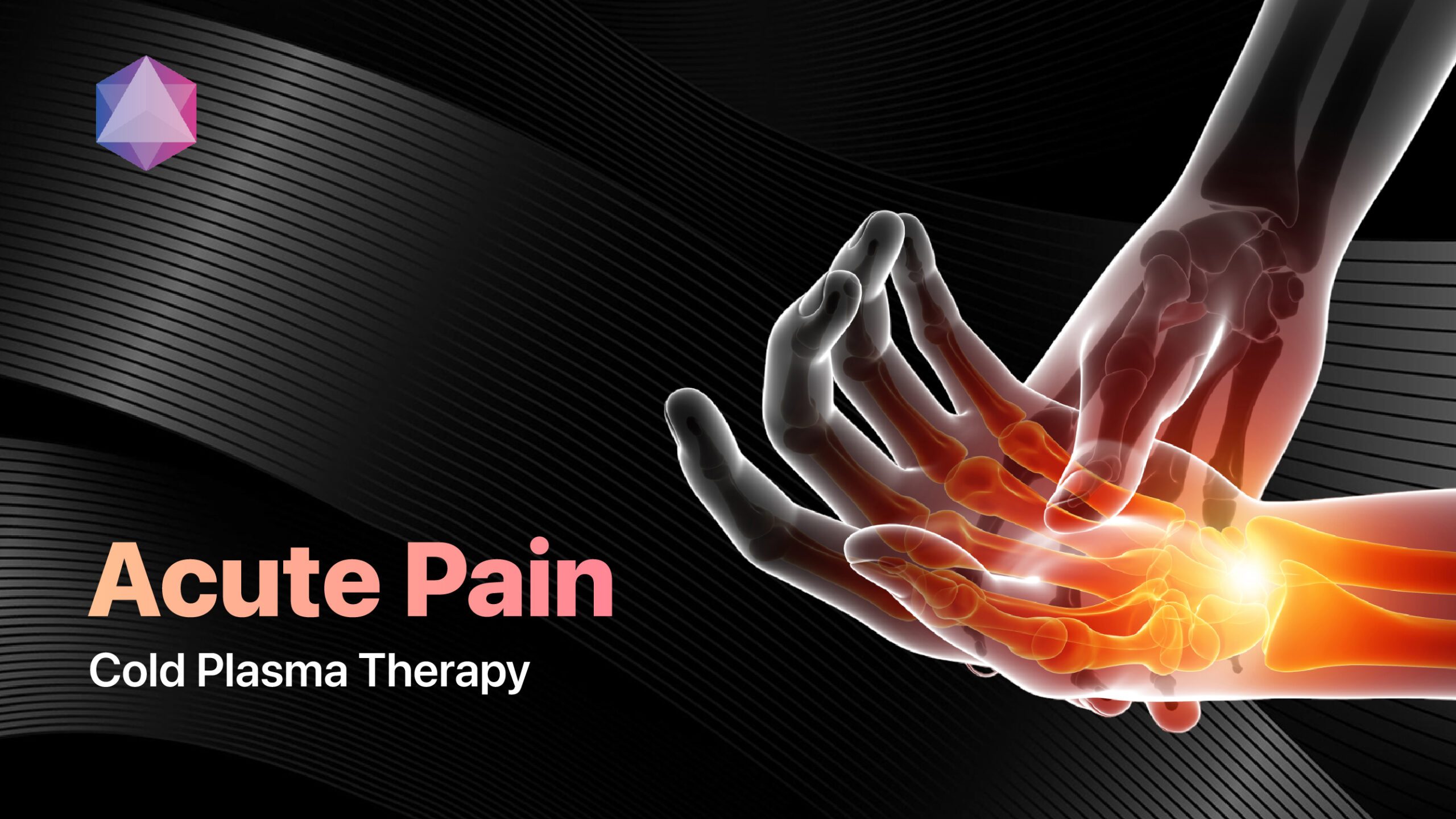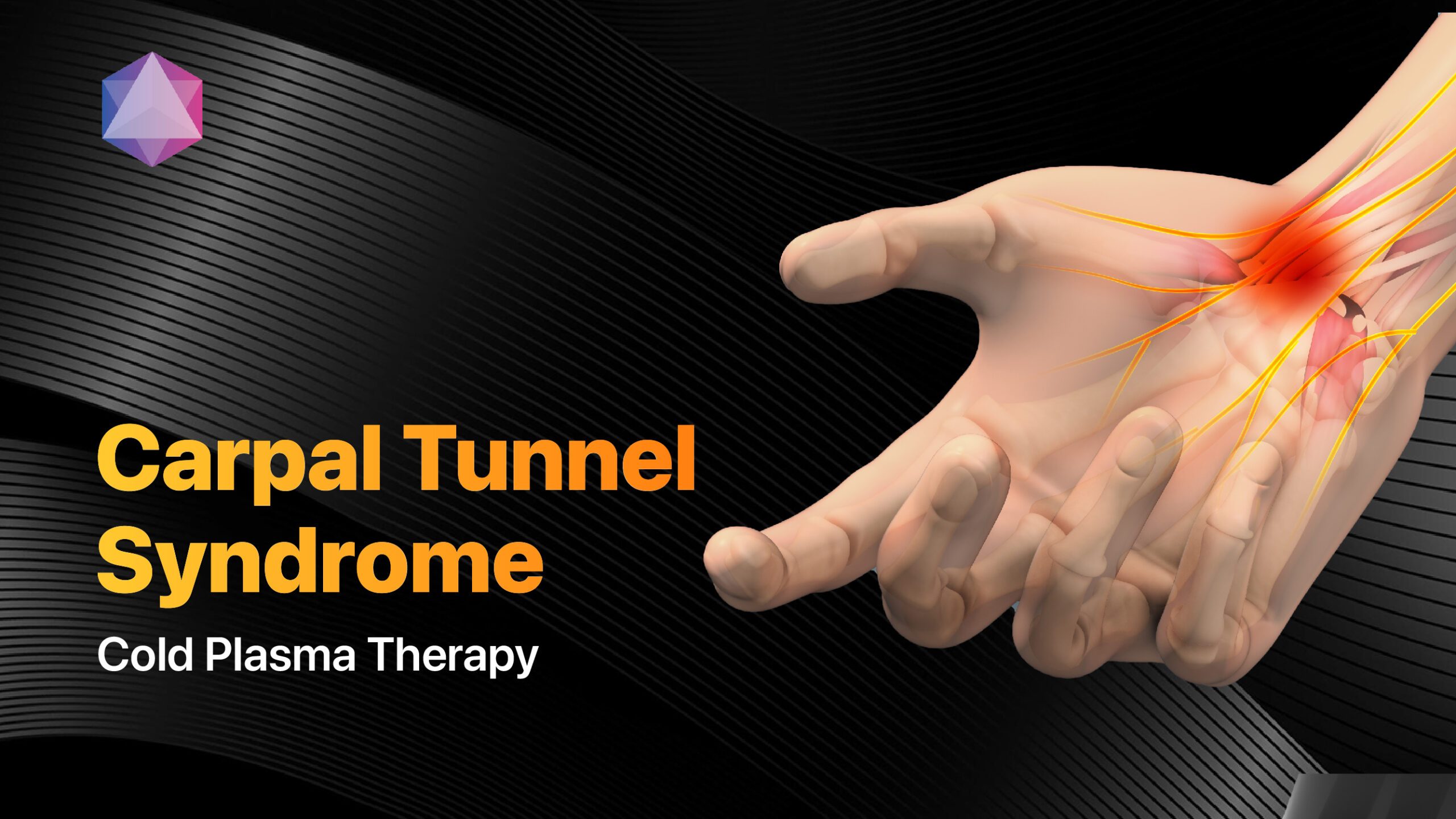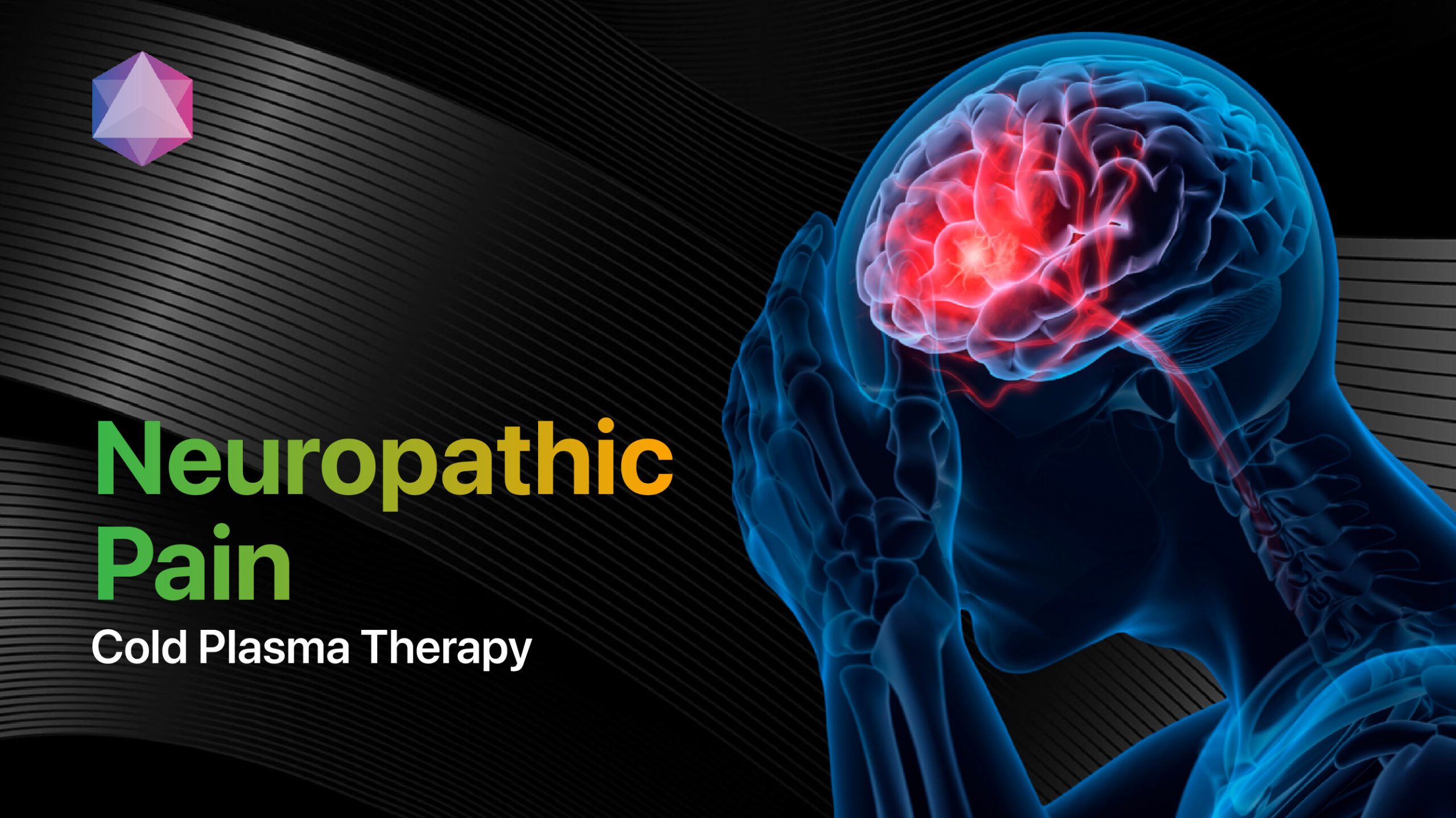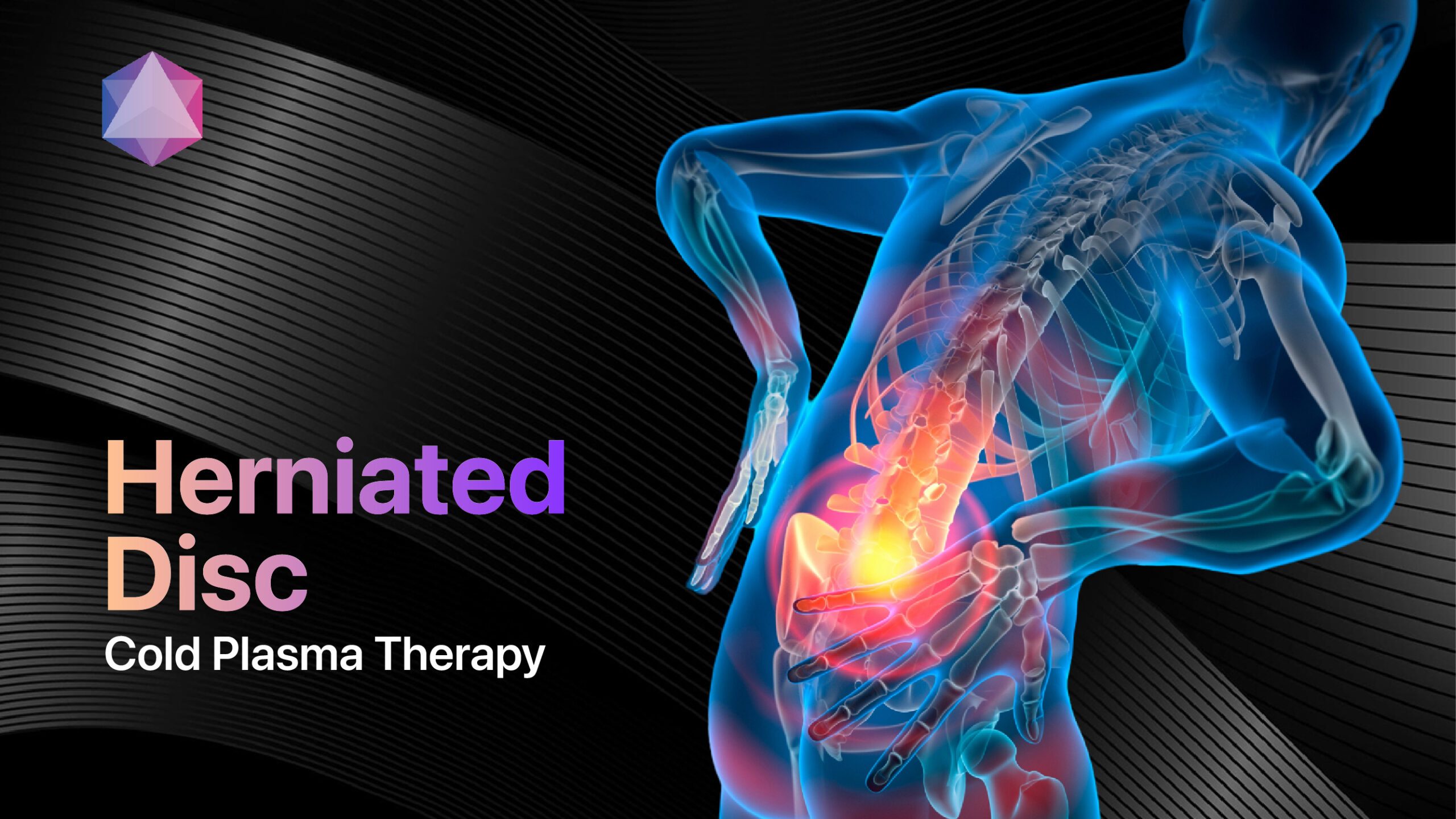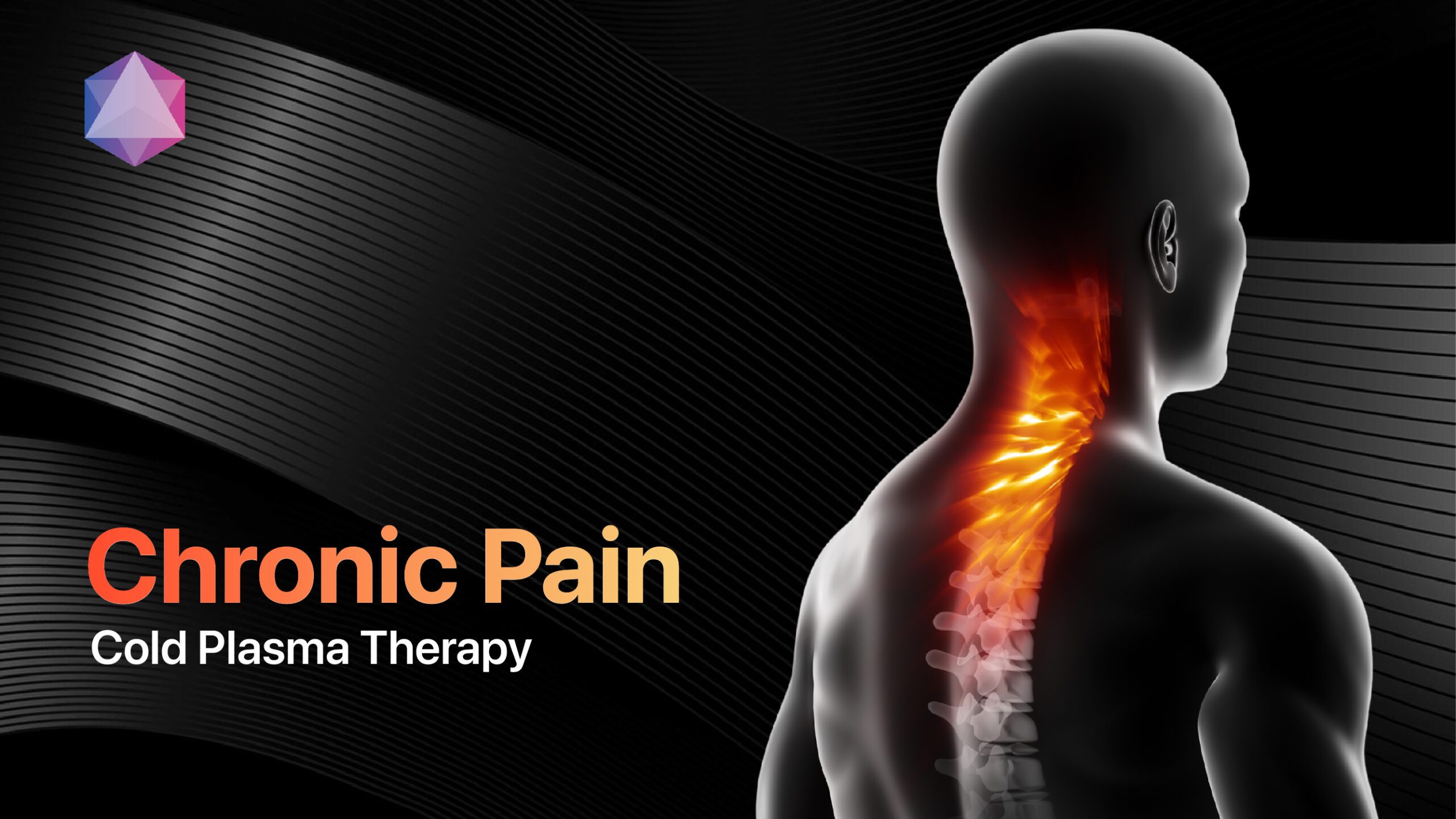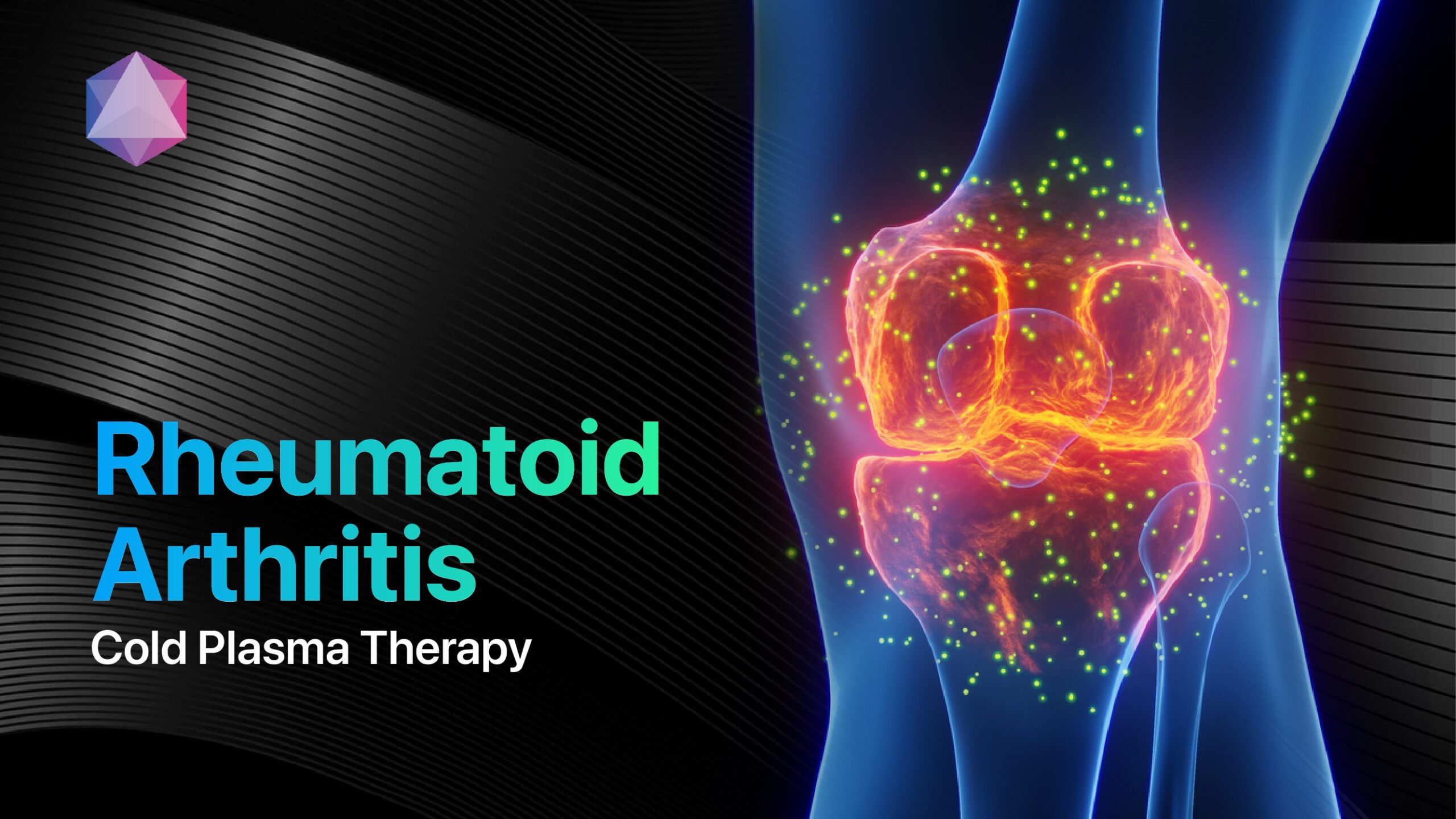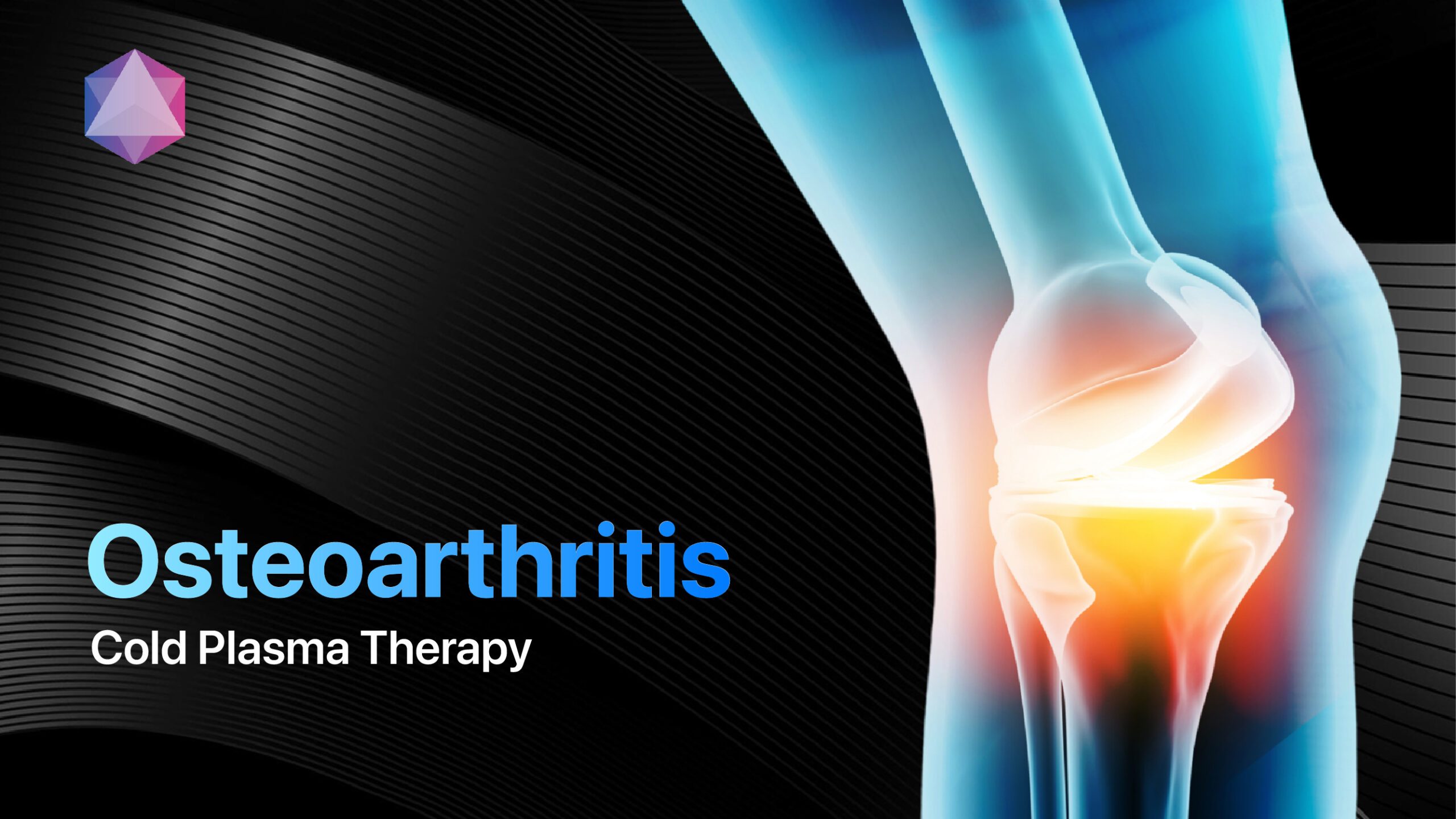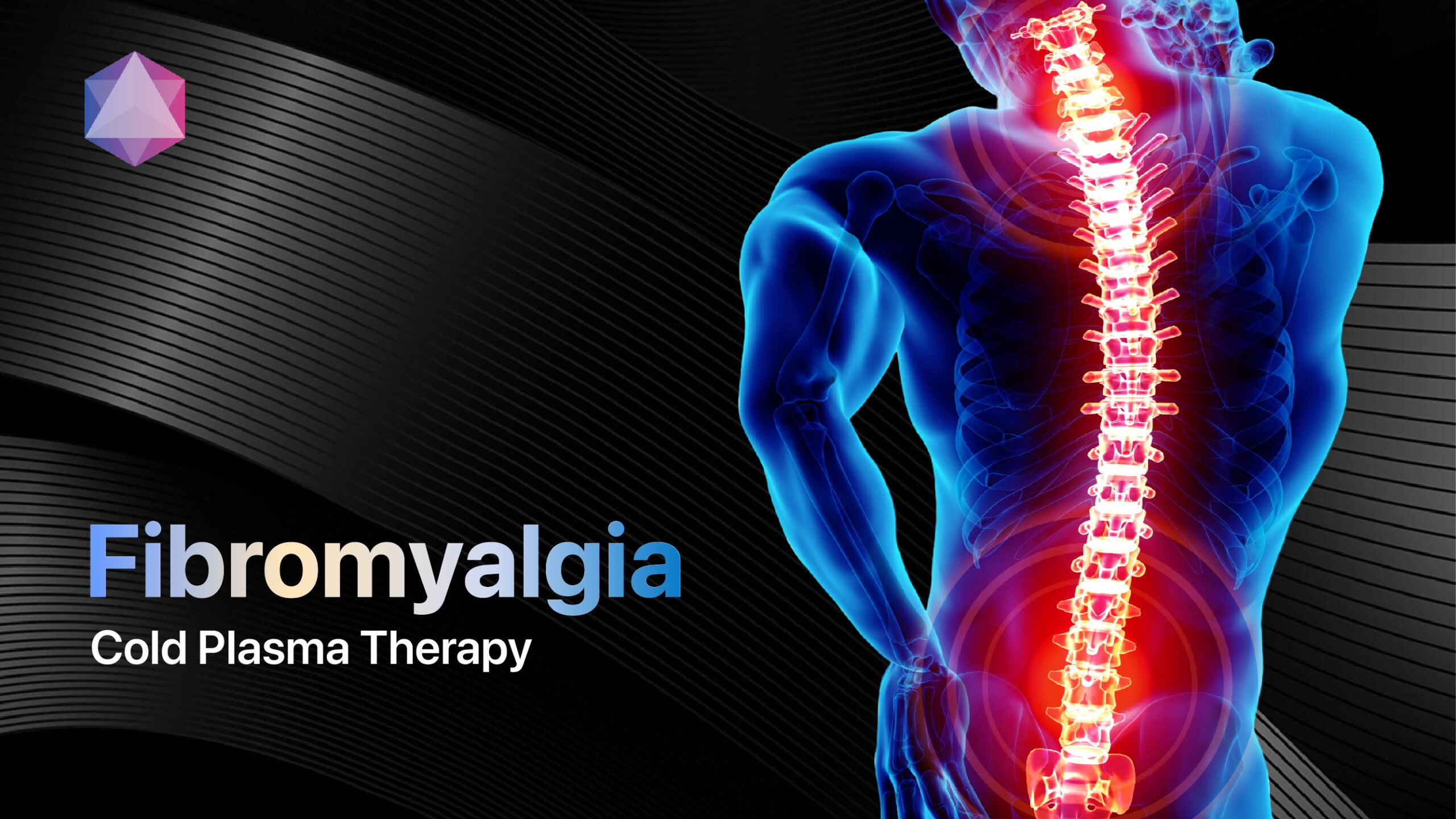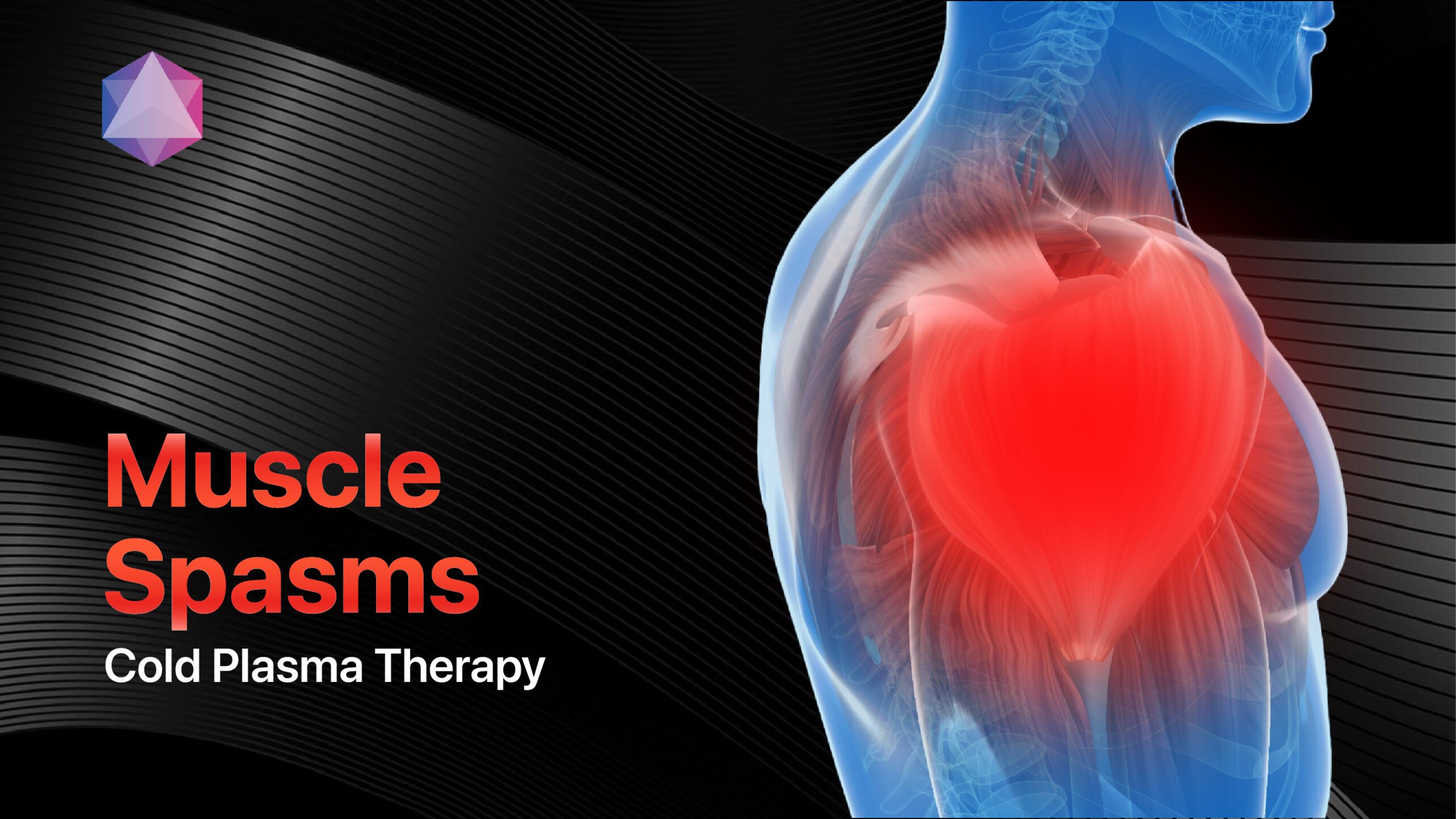
Imagine a sudden, intense pain that stops you in your tracks, leaving you unable to move or even breathe comfortably. This is the reality for millions of people who experience muscle spasms, a common and often debilitating condition that can strike without warning[1]. But what if there was a cutting-edge treatment that could provide fast, effective relief without the need for invasive procedures or heavy medication? Enter Mirari Cold Plasma, a groundbreaking technology developed by General Vibronics that harnesses the power of nitric oxide (NO)[2]. In this comprehensive guide, we’ll explore the world of muscle spasms and discover how Mirari Cold Plasma is revolutionizing patient care.
What Are Muscle Spasms?
A muscle spasm, also known as a charley horse or muscle cramp, is a sudden, involuntary contraction of one or more muscles. These contractions can cause intense pain, tightness, and even visible knots or bulges beneath the skin[1]. Muscle spasms can occur in any muscle in the body but are most common in the legs, feet, arms, hands, and abdomen[1].
While muscle spasms are usually harmless and resolve on their own, they can be extremely uncomfortable and disruptive to daily life. In some cases, frequent or severe muscle spasms may indicate an underlying medical condition that requires further evaluation and treatment[1].
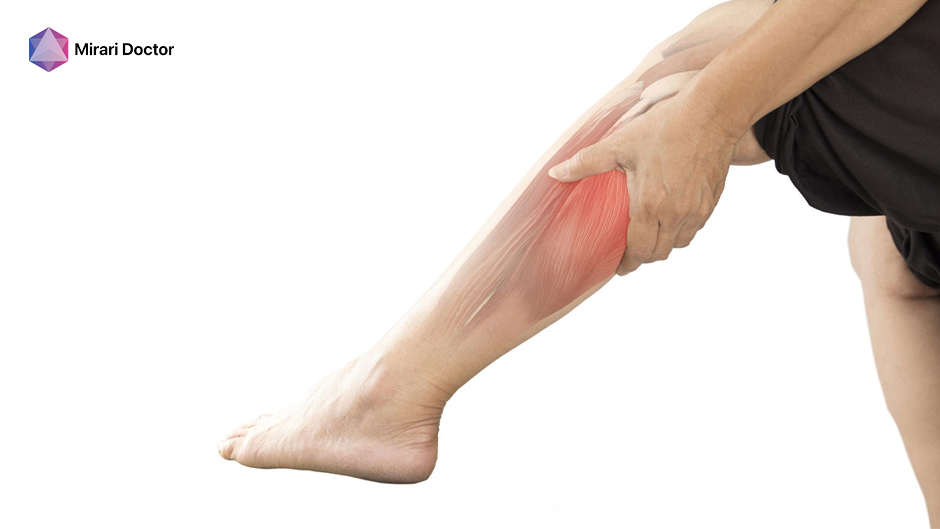
A muscle spasm is a sudden, involuntary contraction causing intense pain, often in the legs or arms.
Causes of Muscle Spasms
Muscle spasms can be triggered by a variety of factors, ranging from simple dehydration to more complex neurological disorders. Some of the most common causes include:
 |
DehydrationWhen the body loses too much fluid through sweating, diarrhea, or vomiting, it can lead to an imbalance of electrolytes like sodium, potassium, and magnesium. These minerals play a crucial role in muscle function, and when their levels drop too low, it can cause muscles to contract involuntarily[3]. |
 |
Nutritional DeficienciesCertain vitamins and minerals, such as vitamin D, calcium, and magnesium, are essential for proper muscle function. A deficiency in any of these nutrients can increase the risk of muscle spasms and cramps[3]. |
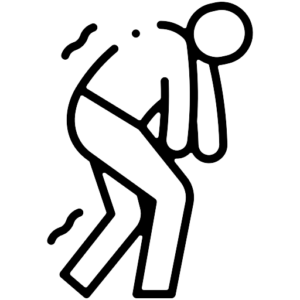 |
OverexertionEngaging in intense physical activity, particularly if you’re not used to it, can lead to muscle fatigue and spasms. This is because overworked muscles produce lactic acid, which can irritate nerve endings and trigger involuntary contractions[3]. |
 |
Muscle FatigueSimilar to overexertion, muscle fatigue occurs when a muscle is used repeatedly without adequate rest or recovery time. This can cause the muscle fibers to become hyperexcitable and more prone to spasms[3]. |
 |
Stress and AnxietyEmotional stress and anxiety can cause muscles to tense up, leading to spasms and cramps. This is particularly common in the neck, shoulders, and back muscles, which are often affected by stress-related tension[1]. Other potential causes of muscle spasms include: |
Types of Muscle Spasms
Muscle spasms can be classified into several different types based on their location, duration, and underlying cause. Some of the most common types include:
Focal Muscle Spasms
Focal muscle spasms, also known as localized muscle spasms, occur when a single muscle or small group of muscles contracts involuntarily. These spasms are often triggered by overuse, dehydration, or electrolyte imbalances and can be extremely painful[3].
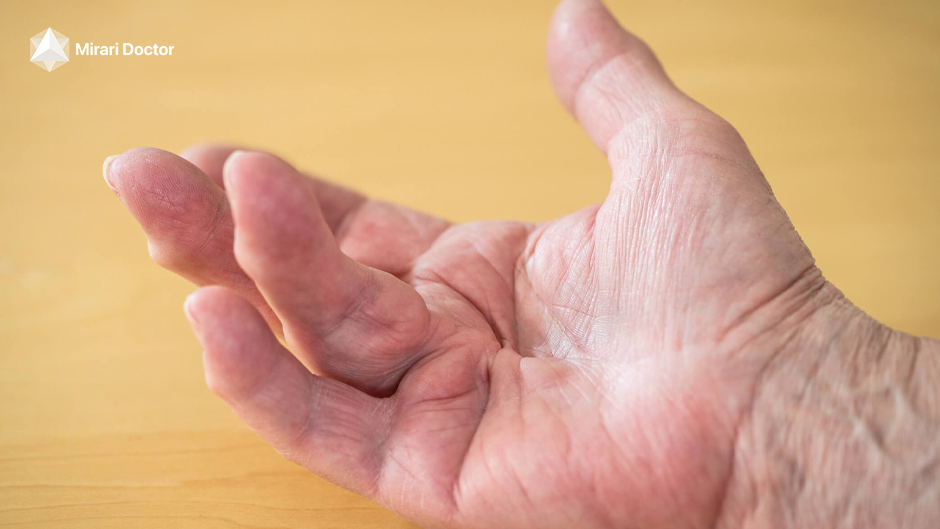
Focal muscle spasms are involuntary contractions of a single muscle, often due to overuse or dehydration.
Generalized Muscle Spasms
Generalized muscle spasms involve multiple muscle groups and can affect large areas of the body. These spasms are often associated with underlying neurological conditions like multiple sclerosis or spinal cord injuries[1].

Generalized muscle spasms affect multiple muscles and are often linked to neurological conditions like multiple sclerosis.
Nocturnal Leg Cramps
Nocturnal leg cramps, as the name suggests, occur during the night and typically affect the calf muscles. These spasms can be extremely painful and may disrupt sleep, leading to fatigue and irritability during the day[4].
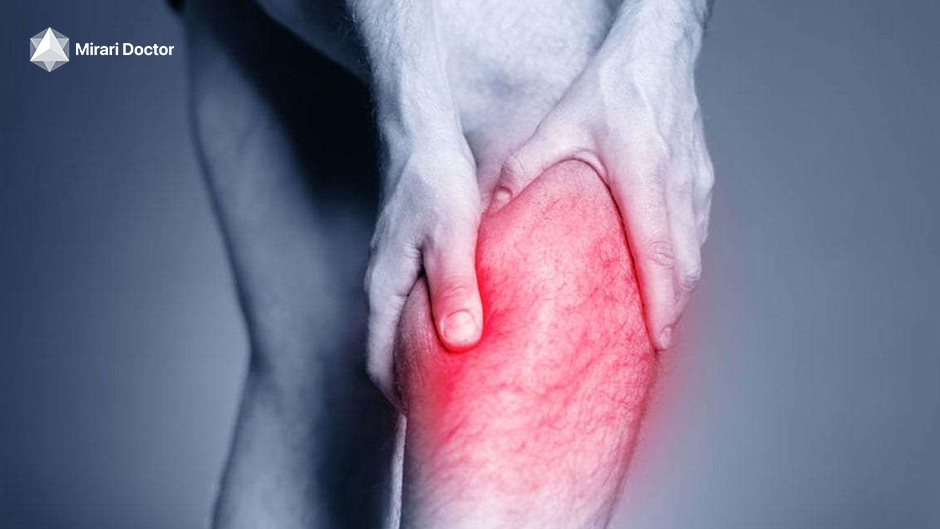
Nocturnal leg cramps are painful calf spasms at night that can disrupt sleep and cause daytime fatigue.
Dystonic Spasms
Dystonic spasms are involuntary muscle contractions that cause repetitive or twisting movements. These spasms are often associated with neurological disorders like Parkinson’s disease or dystonia[1].
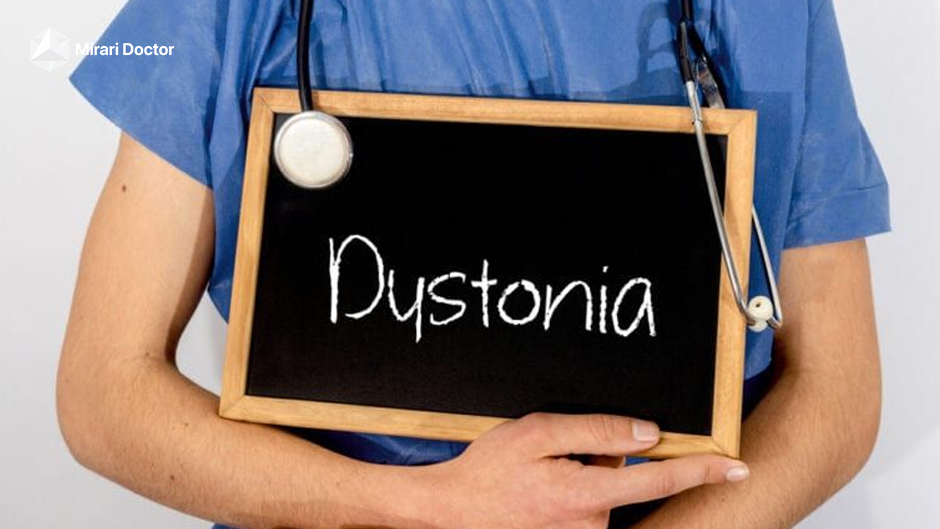
Dystonic spasms are involuntary muscle contractions causing twisting movements, often linked to neurological disorders.
Clonic vs. Tonic Spasms
Muscle spasms can also be classified as either clonic or tonic. Clonic spasms involve rapid, rhythmic contractions of a muscle or group of muscles, while tonic spasms involve a sustained, prolonged contraction[5].
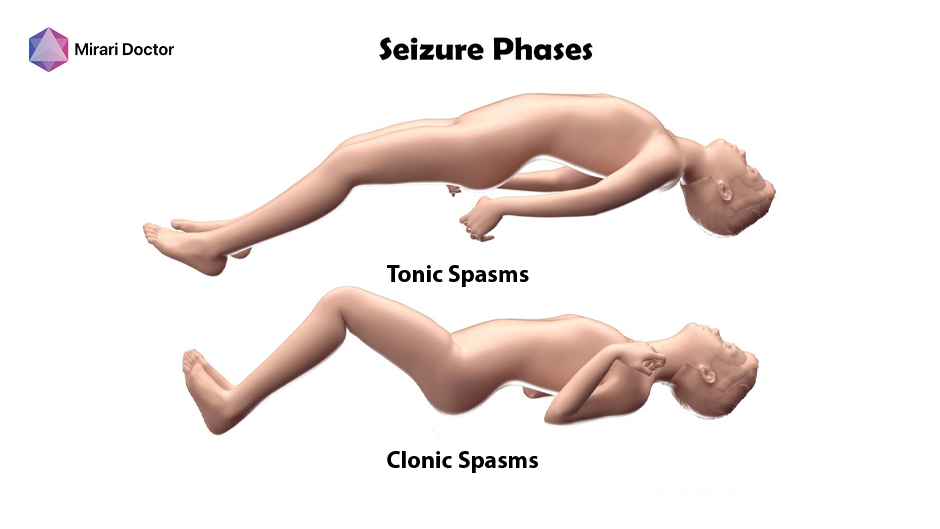
Muscle spasms can be clonic (rapid, rhythmic contractions) or tonic (sustained contractions).
Symptoms of Muscle Spasms
The primary symptom of a muscle spasm is a sudden, involuntary contraction of a muscle or group of muscles. This contraction can cause:
 |
Sudden PainMuscle spasms are often accompanied by intense, sharp pain that can range from mild to severe. The pain may be localized to the affected muscle or radiate to surrounding areas[3]. |
 |
Muscle TightnessDuring a spasm, the affected muscle may feel tight, hard, or knotted. This tightness can make it difficult to move the muscle or joint and may limit range of motion[3]. |
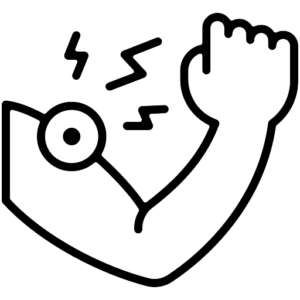 |
Involuntary ContractionsMuscle spasms are characterized by involuntary contractions or twitches that can be visible beneath the skin. These contractions may be brief and intermittent or sustained and prolonged[3]. |
 |
Swelling and InflammationIn some cases, muscle spasms can cause swelling and inflammation in the affected area. This may be due to the repeated contractions irritating the muscle fibers and surrounding tissues[3]. |
 |
Limited Range of MotionMuscle spasms can make it difficult or impossible to move the affected muscle or joint through its full range of motion. This can lead to stiffness, discomfort, and difficulty performing daily activities[3]. Other potential symptoms of muscle spasms may include: |
Diagnosis of Muscle Spasms
Diagnosing muscle spasms typically involves a combination of medical history review, physical examination, and diagnostic tests. The specific approach may vary depending on the severity and frequency of the spasms, as well as any underlying medical conditions.
Medical History Review
Your healthcare provider will begin by asking about your symptoms, including when the spasms started, how often they occur, and any factors that seem to trigger or relieve them. They will also ask about your medical history, medications, and lifestyle habits to identify any potential risk factors or underlying conditions[3].

Your healthcare provider will ask about your symptoms, triggers, and medical history to diagnose muscle spasms.
Physical Examination
During the physical exam, your provider will assess the affected muscle or muscle group for signs of tenderness, tightness, or visible spasms. They may also test your range of motion, strength, and reflexes to evaluate muscle function and identify any areas of weakness or limitation[3].
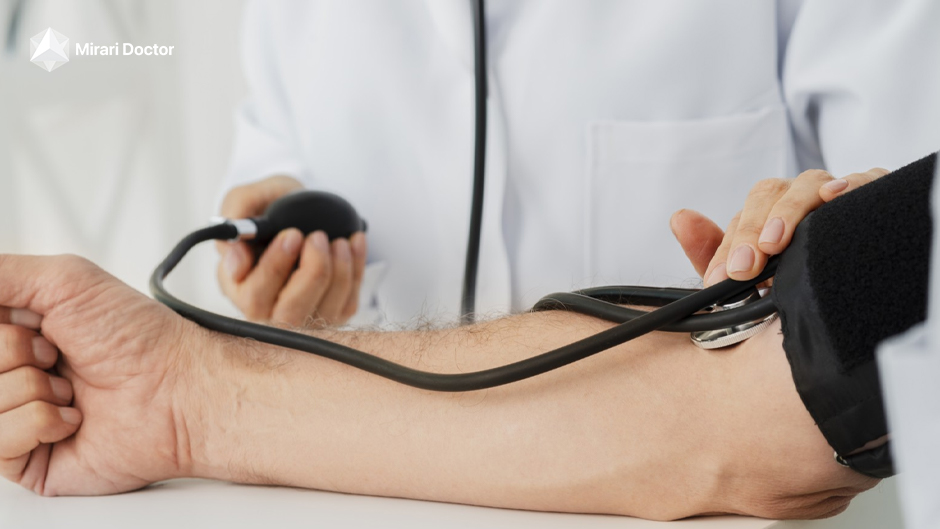
During the physical exam, your provider will check for tenderness, tightness, and muscle function to assess the affected area.
Diagnostic Imaging
In some cases, imaging tests like X-rays, CT scans, or MRI scans may be ordered to visualize the affected muscle and surrounding structures. These tests can help identify any structural abnormalities, nerve compression, or underlying conditions that may be contributing to the spasms[3].
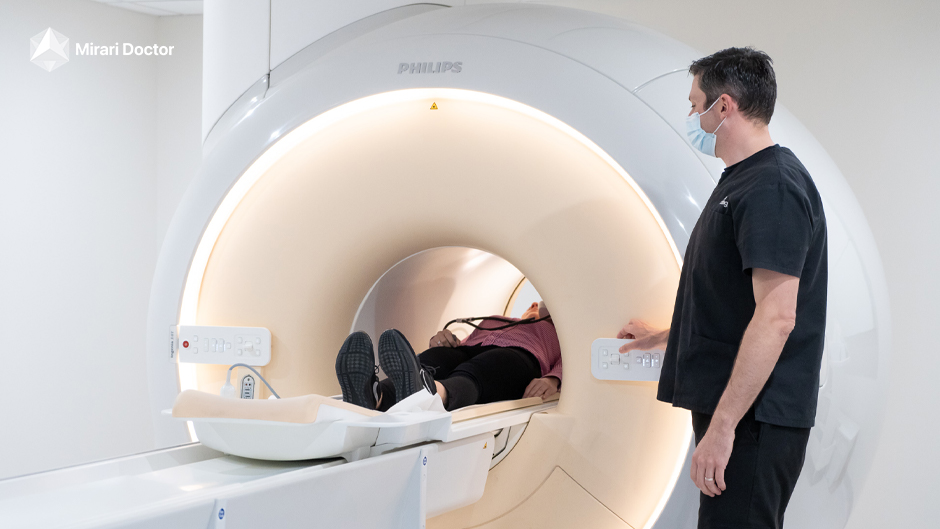
Imaging tests can reveal structural issues or nerve compression causing muscle spasms.
Electromyography (EMG)
Electromyography is a diagnostic test that measures the electrical activity of muscles at rest and during contraction. This test can help identify any abnormalities in muscle function or nerve signaling that may be causing the spasms[3].
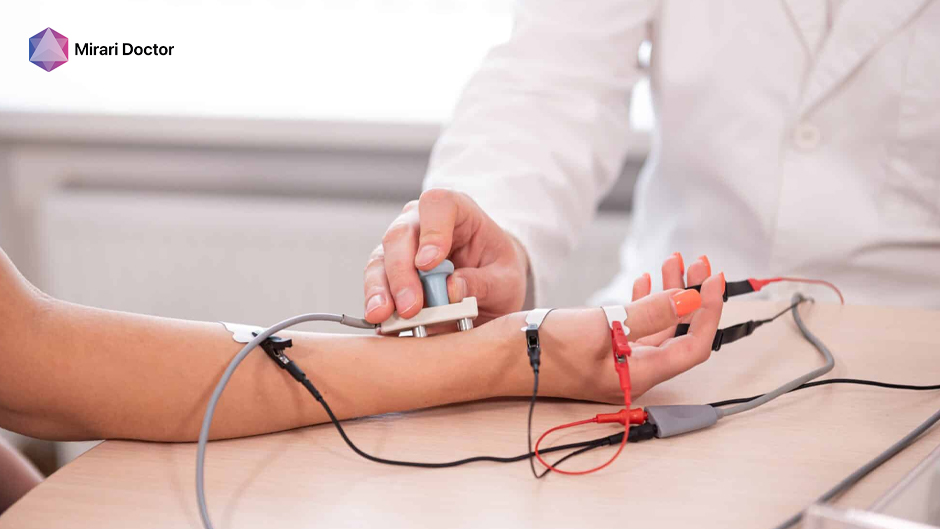
Electromyography measures muscle electrical activity to identify abnormalities causing spasms.
Laboratory Tests
Blood tests may be ordered to check for electrolyte imbalances, nutritional deficiencies, or other underlying conditions that can contribute to muscle spasms. Urine tests may also be used to evaluate hydration status and kidney function[3].
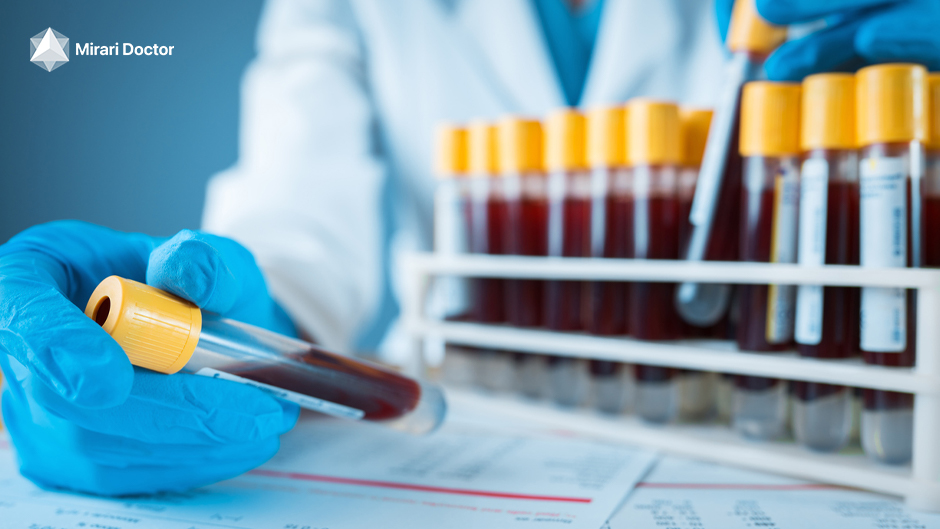
Blood and urine tests assess imbalances and hydration related to muscle spasms.
Treatment Options for Muscle Spasms
Treatment for muscle spasms depends on the underlying cause and severity of the symptoms. In many cases, a combination of self-care measures and medical interventions may be recommended to provide relief and prevent future spasms.
 |
Stretching and MassageGentle stretching and massage can help relax tense muscles and improve circulation to the affected area. Your healthcare provider or physical therapist can teach you specific stretches and techniques to target the muscles prone to spasms[6]. |
 |
Heat and Cold TherapyApplying heat or cold to the affected muscle can help reduce pain and promote relaxation. Heat therapy, such as warm compresses or heating pads, can increase blood flow and reduce stiffness, while cold therapy, such as ice packs or cold compresses, can numb pain and reduce inflammation[6]. |
 |
MedicationsOver-the-counter pain relievers like acetaminophen or ibuprofen can help reduce pain and inflammation associated with muscle spasms. In more severe cases, prescription muscle relaxants or anti-inflammatory medications may be necessary to provide relief[6]. |
 |
Physical TherapyPhysical therapy can be an effective treatment option for chronic or recurrent muscle spasms. A physical therapist can develop a personalized exercise program to stretch and strengthen the affected muscles, improve flexibility and range of motion, and address any underlying postural or biomechanical issues that may be contributing to the spasms[6]. |
 |
Lifestyle ModificationsMaking certain lifestyle changes can help prevent or reduce the frequency of muscle spasms. These may include:
|
 |
Emerging TherapiesBotulinum Toxin InjectionsBotulinum toxin injections, commonly known as Botox, can be used to treat certain types of muscle spasms, particularly those associated with neurological conditions like dystonia or spasticity. These injections work by temporarily paralyzing the affected muscle, reducing the frequency and severity of spasms[7]. Dry NeedlingDry needling is a technique that involves inserting thin needles into trigger points or tight bands of muscle to stimulate a local twitch response and promote relaxation. This therapy is often used in conjunction with other treatments like physical therapy or massage[6]. |
Cold Plasma Therapy
Cold plasma therapy, particularly Mirari Cold Plasma developed by General Vibronics, is an innovative treatment approach that harnesses the power of nitric oxide (NO) to provide fast, effective relief from muscle spasms[8].
Mechanism of Action in Muscle Spasm Relief: Nitric oxide is a signaling molecule that plays a crucial role in regulating muscle function, blood flow, and pain perception. When applied to the skin via a handheld device, Mirari Cold Plasma generates a precise, controlled dose of NO that can:
- Relax tense or spasming muscles by modulating nerve signaling and reducing hyperexcitability[8]
- Increase local blood flow and oxygenation to the affected area, promoting healing and reducing inflammation[8]
- Modulate pain pathways in the nervous system, providing fast-acting and long-lasting relief from spasm-related discomfort[8]
Potential Benefits and Limitations: Mirari Cold Plasma offers a non-invasive, targeted approach to treating muscle spasms, without the need for needles, incisions, or systemic medications. The therapy is generally well-tolerated, with few reported side effects, and can be administered in a clinical setting or at home with proper training[8].
However, as with any emerging therapy, more research is needed to fully understand the long-term effects and optimal treatment protocols for cold plasma therapy in muscle spasm management. Additionally, while many individuals experience significant relief with Mirari Cold Plasma, results may vary depending on the underlying cause and severity of the spasms[8].
Current Research and Future Directions: Cold plasma therapy for muscle spasms is an active area of research, with ongoing studies investigating its efficacy, safety, and potential mechanisms of action. Some key areas of focus include:
- Comparing the effectiveness of cold plasma therapy to other established treatments, such as physical therapy or medications[8]
- Evaluating the optimal frequency, duration, and intensity of cold plasma treatments for different types of muscle spasms[8]
- Exploring the potential synergistic effects of combining cold plasma therapy with other modalities, such as stretching or massage[8]
- Investigating the long-term outcomes and potential for preventing recurrent spasms with regular cold plasma treatments[8]
As more evidence emerges, cold plasma therapy, particularly Mirari Cold Plasma, may become an increasingly valuable tool in the management of muscle spasms, offering patients a safe, effective, and non-invasive option for relief[8].

Mirari Cold Plasma is a non-invasive, well-tolerated therapy for muscle spasms that can be used both at home
Prevention of Muscle Spasms
While not all muscle spasms can be prevented, there are several steps you can take to reduce your risk and minimize the frequency and severity of spasms.
 |
Hydration and NutritionStaying well-hydrated and maintaining a balanced diet with adequate levels of essential vitamins and minerals can help prevent muscle spasms caused by dehydration or nutritional deficiencies. Aim to drink at least 8 glasses of water per day and eat a variety of fruits, vegetables, lean proteins, and whole grains[6]. |
 |
Regular ExerciseEngaging in regular physical activity can help keep your muscles strong, flexible, and less prone to spasms. Aim for at least 150 minutes of moderate-intensity aerobic exercise per week, along with strength training exercises at least twice a week[1]. |
 |
Proper Warm-Up TechniquesBefore engaging in any physical activity, it’s important to properly warm up your muscles to prevent strain and reduce the risk of spasms. Start with some light aerobic activity, such as walking or jogging in place, followed by dynamic stretches that mimic the movements you’ll be performing during your workout. |
 |
Stress ManagementSince stress and anxiety can contribute to muscle tension and spasms, finding effective ways to manage stress is crucial for prevention. This may include practicing relaxation techniques like deep breathing, meditation, or yoga, engaging in hobbies or activities you enjoy, or seeking support from friends, family, or a mental health professional[9]. |
 |
Adequate SleepGetting enough quality sleep is essential for muscle recovery and overall health. Aim for 7-9 hours of sleep per night and practice good sleep hygiene, such as maintaining a consistent sleep schedule, creating a relaxing bedtime routine, and avoiding screens before bed[11]. |
Incorporating Cold Plasma Therapy in Preventive Strategies
In addition to these general prevention strategies, incorporating Mirari Cold Plasma therapy into your routine may help further reduce the risk and frequency of muscle spasms. By regularly applying targeted doses of nitric oxide (NO) to areas prone to spasms, you may be able to:
- Maintain optimal muscle function and flexibility
- Reduce the buildup of tension and hyperexcitability in muscle fibers
- Promote healthy blood flow and oxygenation to muscle tissues
- Modulate pain pathways and prevent the development of chronic pain or sensitivity[12]
While more research is needed to fully understand the preventive potential of cold plasma therapy, early evidence suggests that regular treatments may be a valuable addition to a comprehensive muscle spasm prevention plan[12].
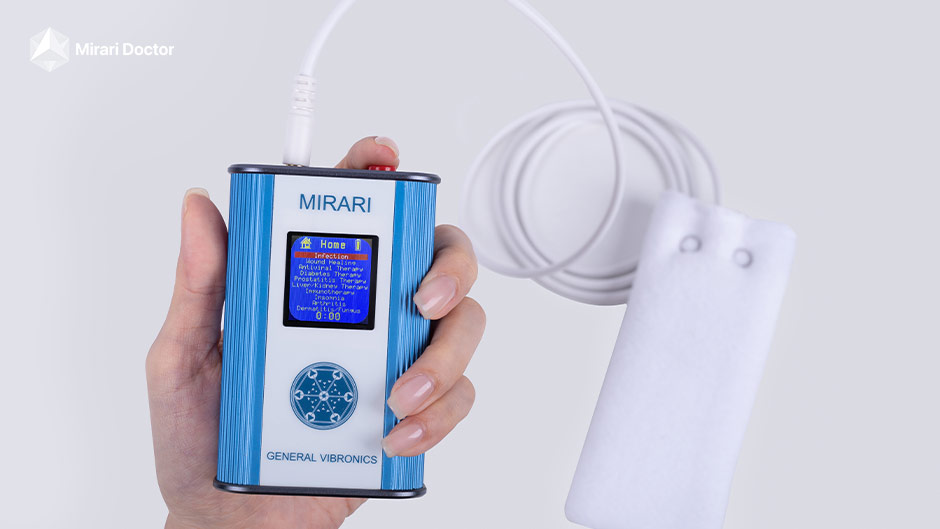
Mirari Cold Plasma therapy may help prevent muscle spasms by improving muscle function and reducing tension
Future Directions in Muscle Spasm Research
As our understanding of muscle spasms continues to evolve, so too does the landscape of research and treatment options. Here are some of the most exciting areas of focus for the future of muscle spasm management:
Advancements in Understanding Muscle Spasm Pathophysiology
One key area of ongoing research is the investigation of the underlying mechanisms and pathways involved in the development and persistence of muscle spasms. By better understanding the complex interplay of factors like neuromuscular signaling, ion channel function, and inflammatory processes, researchers hope to identify new targets for prevention and treatment[13].
Novel Therapeutic Targets and Drug Development
As our knowledge of muscle spasm pathophysiology expands, so too does the potential for developing new and more targeted therapies. Some promising areas of investigation include:
- Modulators of specific ion channels involved in muscle excitability and contraction
- Agents that target inflammatory pathways or promote muscle regeneration
- Drugs that selectively inhibit or activate certain neurotransmitters or receptors involved in pain and muscle function[7]
By developing more precise and effective pharmacological interventions, we may be able to provide faster, more complete relief for individuals suffering from muscle spasms[7].
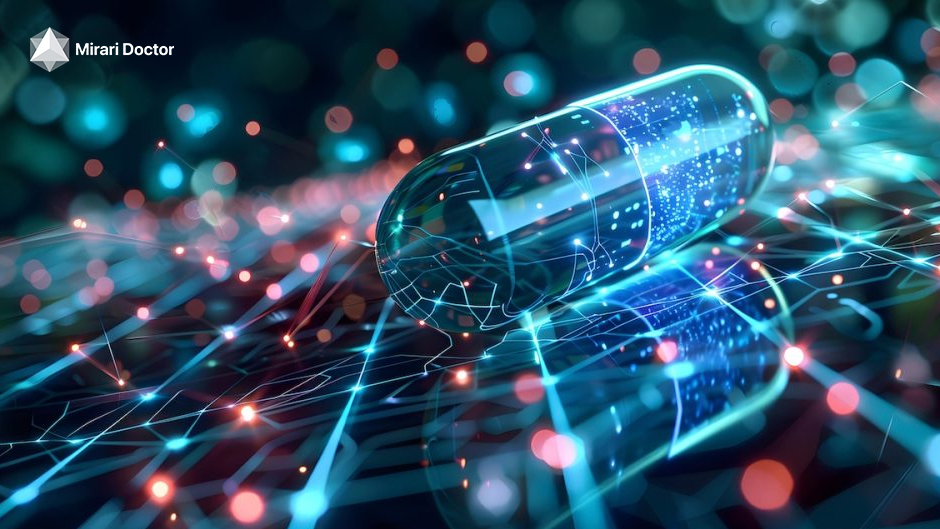
New therapies for muscle spasms are being explored, including ion channel modulators, anti-inflammatory agents, and targeted drugs for pain and muscle function.
Potential of Cold Plasma Therapy in Muscle Spasm Management
Cold plasma therapy, particularly Mirari Cold Plasma and its focus on nitric oxide (NO), represents an exciting frontier in muscle spasm management. As research continues to elucidate the mechanisms by which NO modulates muscle function, blood flow, and pain perception, cold plasma therapy may emerge as a valuable adjunct or alternative to traditional treatments[12].
Future studies may explore:
- Optimal treatment parameters and protocols for various types and severities of muscle spasms
- Long-term efficacy and safety of cold plasma therapy compared to other interventions
- Potential synergistic effects of combining cold plasma therapy with other modalities, such as physical therapy or pharmacotherapy
- Applications of cold plasma therapy in preventing or managing chronic or recurrent muscle spasms[12]
As evidence accumulates, cold plasma therapy may become an increasingly important tool in the arsenal against muscle spasms, offering patients a safe, non-invasive, and targeted treatment option[12].
Personalized Medicine Approaches
Another promising area of research is the development of personalized medicine approaches to muscle spasm management. By leveraging advances in genomics, proteomics, and metabolomics, researchers hope to identify specific biomarkers or genetic profiles that can predict an individual’s risk of developing muscle spasms or their likelihood of responding to certain treatments[14].
This personalized approach could allow for more targeted prevention strategies, earlier interventions, and customized treatment plans that optimize outcomes and minimize side effects for each individual patient[14].
Strategies for Prevention and Early Intervention
Finally, future research efforts will likely focus on developing more effective strategies for preventing muscle spasms and promoting early intervention when they do occur. This may involve:
- Identifying and targeting modifiable risk factors, such as dehydration, nutrient deficiencies, or sedentary behavior[15]
- Developing educational programs and resources to raise awareness about muscle spasm prevention and management[15]
- Implementing screening tools or wearable technologies to detect early signs of muscle spasms and prompt timely intervention[15]
- Exploring the potential of emerging therapies, like cold plasma therapy, in preventing or mitigating the progression of muscle spasms[12]
By shifting the focus towards prevention and early intervention, we may be able to reduce the overall burden of muscle spasms and improve quality of life for countless individuals[15].
Takeaways
- Muscle spasms are sudden, involuntary contractions of one or more muscles that can cause pain, tightness, and limited mobility[3].
- Common causes of muscle spasms include dehydration, nutrient deficiencies, overexertion, muscle fatigue, and stress[1].
- Muscle spasms can be classified into different types, such as focal, generalized, nocturnal, dystonic, clonic, and tonic spasms[4].
- Diagnosis of muscle spasms typically involves a combination of medical history review, physical examination, and diagnostic tests like imaging, EMG, and laboratory studies[10].
- Treatment options for muscle spasms include stretching, massage, heat/cold therapy, medications, physical therapy, lifestyle modifications, and emerging therapies like botulinum toxin injections, dry needling, and cold plasma therapy[6].
- Cold plasma therapy, particularly Mirari Cold Plasma and its focus on nitric oxide (NO), offers a promising non-invasive, targeted approach to muscle spasm relief and prevention[8].
- Preventing muscle spasms involves staying hydrated, maintaining a balanced diet, exercising regularly, managing stress, getting adequate sleep, and potentially incorporating cold plasma therapy into preventive strategies[9].
- Future research directions in muscle spasm management include advancing our understanding of pathophysiology, developing novel therapeutic targets and drugs, exploring personalized medicine approaches, and implementing effective prevention and early intervention strategies[13].
In conclusion, muscle spasms are a common and often debilitating condition that can significantly impact an individual’s quality of life. By understanding the causes, risk factors, and available treatment options, including innovative therapies like Mirari Cold Plasma, individuals can take proactive steps to manage their symptoms, prevent recurrences, and maintain optimal muscle function.
As research continues to advance our understanding of muscle spasms and unlock new avenues for prevention and treatment, the future looks increasingly promising for those seeking relief from this challenging condition. With a comprehensive, multidisciplinary approach that combines targeted interventions, lifestyle modifications, and cutting-edge technologies, we can help countless individuals overcome muscle spasms and reclaim their active, pain-free lives.
If you or someone you know is struggling with muscle spasms, don’t hesitate to reach out to a qualified healthcare provider to explore the best management strategies for your unique needs and goals. Together, we can harness the power of science, innovation, and compassionate care to alleviate suffering and improve outcomes for all those affected by this common yet complex condition.
FAQs
What causes muscle spasms?
Muscle spasms can be caused by a variety of factors, including dehydration, electrolyte imbalances, nutrient deficiencies, overexertion, muscle fatigue, stress, certain medications, and underlying medical conditions like nerve disorders or thyroid problems[1].
How can I prevent muscle spasms?
To help prevent muscle spasms, stay well-hydrated, maintain a balanced diet rich in essential vitamins and minerals, engage in regular exercise and proper warm-up techniques, manage stress through relaxation practices, and get adequate sleep[9]. Incorporating cold plasma therapy, like Mirari Cold Plasma, into your preventive routine may also help reduce the risk and frequency of spasms[8].
When should I see a doctor for muscle spasms?
While occasional muscle spasms are usually not a cause for concern, you should consult a healthcare provider if your spasms are severe, frequent, or persistent, if they interfere with your daily activities, or if they are accompanied by other symptoms like muscle weakness, numbness, or tingling. Seeking prompt medical attention can help identify any underlying conditions and ensure appropriate treatment[3].
What is cold plasma therapy, and how can it help with muscle spasms?
Cold plasma therapy, such as Mirari Cold Plasma developed by General Vibronics, is an innovative treatment that harnesses the power of nitric oxide (NO) to provide targeted relief from muscle spasms. By precisely delivering NO to the affected area, cold plasma therapy can help relax tense muscles, increase local blood flow, reduce inflammation, and modulate pain pathways, offering a non-invasive and effective option for managing muscle spasms[8].
Are there any long-term consequences of untreated muscle spasms?
While most muscle spasms resolve on their own or with conservative treatments, untreated or chronic spasms can sometimes lead to complications like muscle weakness, atrophy, or contractures. In rare cases, severe or persistent spasms may indicate an underlying condition that requires prompt medical attention. Working closely with your healthcare provider to manage muscle spasms and address any underlying causes can help prevent potential long-term consequences and maintain optimal muscle health[1].
References
- Medical News Today. (2024). Muscle spasms: Causes, symptoms, and treatment. https://www.medicalnewstoday.com/articles/muscle-spasms
- ResearchGate. (2020). Cold Atmospheric Plasma: A Powerful Tool for Modern Medicine. https://www.researchgate.net/publication/340866494_Cold_Atmospheric_Plasma_A_Powerful_Tool_for_Modern_Medicine
- Cleveland Clinic. (2024). Muscle Spasms (Muscle Cramps): Causes, Treatment & Prevention. https://my.clevelandclinic.org/health/diseases/muscle-spasms-muscle-cramps
- MedicineNet. (2024). Muscle Spasms: Causes, Symptoms, Duration, Treatment. https://www.medicinenet.com/muscle_spasms/article.htm
- Wikipedia. (2024). Spasm. https://en.wikipedia.org/wiki/Spasm
- Healthline. (2024). 9 Muscle Spasm Treatments to Try and Lots of Tips. https://www.healthline.com/health/muscle-spasm-treatment
- American Academy of Family Physicians. (2024). Botulinum Toxin Injections: A Treatment for Muscle Spasms. https://familydoctor.org/botulinum-toxin-injections-a-treatment-for-muscle-spasms/
- Mirari Doctor on X. (2024). The MIRARI® Cold Plasma System has shown highly promising results in the treatment of various medical conditions, including acute pain. https://twitter.com/miraridoctor/status/1812729172747243619
- MedPark Hospital. (2024). Muscle Cramps – Causes and Prevention. https://www.medparkhospital.com/en-US/disease-and-treatment/muscle-cramps
- Mayo Clinic. (2024). Stress management. https://www.mayoclinic.org/tests-procedures/stress-management/about/pac-20385142
- Sleep Foundation. (2024). How Much Sleep Do We Really Need? https://www.sleepfoundation.org/how-sleep-works/how-much-sleep-do-we-really-need
- Mirari Doctor. (2024). The MIRARI® Cold Plasma System. https://miraridoctor.com/product/
- National Institute of Neurological Disorders and Stroke. (2024). Muscle Spasms Fact Sheet. https://www.ninds.nih.gov/Disorders/Patient-Caregiver-Education/Fact-Sheets/Muscle-Spasms-Fact-Sheet
- National Institutes of Health. (2024). Personalized Medicine. https://ghr.nlm.nih.gov/primer/genomicresearch/personalizedmedicine
- Centers for Disease Control and Prevention. (2024). Physical Activity Basics. https://www.cdc.gov/physicalactivity/basics/index.htm
Related articles
Made in USA


